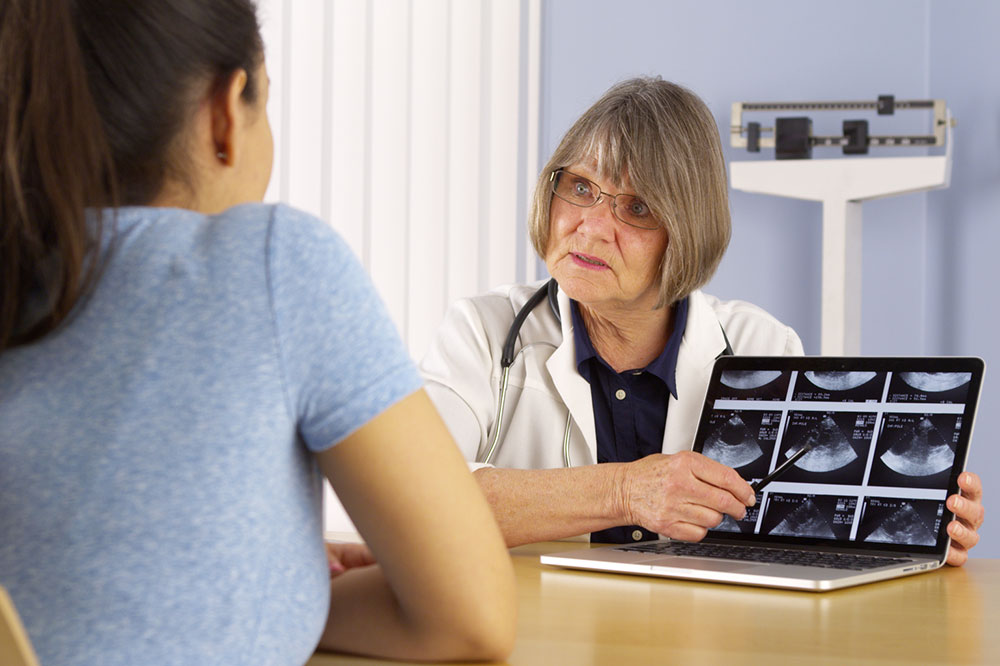
Symptoms and Treatments for Cervical Cancer
Cervical cancer is treatable when this disease is diagnosed early. It is important for women to understand the symptoms and treatment options of cervical cancer in order to be able to deal with the condition. Women over 21 are recommended to get a Pap test and HPV (human papillomavirus) test done once a year, which checks for abnormal cells in the cervix.
Symptoms of cervical cancer
Usually, during the early stages of cervical cancer, women do not experience any symptoms. These start showing when the cancer becomes large in size and grows into nearby tissue. Some of the common symptoms are:
- Vaginal bleeding in between periods, bleeding after vaginal sex, bleeding after menopause
- Unusual vaginal discharge, which may contain some blood and occurs between periods or after menopause
- Pain during sex
- Pain in the pelvic region
Advanced stage of cervical cancer may show other symptoms including:
- Pain or swelling of legs
- Trouble urinating or having a bowel movement
- Back pain
- Fatigue
- Weight loss
After the results of cervical cancer screenings, you can talk to your doctor for symptoms and treatment options of cervical cancer. Below are some common types of treatments for the disease.
Surgery
Depending on the stage and type of cervical cancer, different surgeries may be performed. When the cancer has not spread beyond the cervix, the procedures given below are used for removal of the tumor.
- Conization
- Cryosurgery
- Laser surgery
- Hysterectomy
- Trachelectomy
There is also a procedure known as pelvic exenteration, which is undertaken when cancer has spread beyond the cervix. And, in some cases, where cancer has recurred after radiation treatment.
Radiation therapy
This therapy is used either as a part of the main treatment, or to treat cancer that has spread to other organs, or has recurred after treatment. The two types of radiation therapy most often used are – external beam radiation and brachytherapy.
Chemotherapy
Chemotherapy is a treatment for shrinking tumors with the use of medications. This therapy is used for killing the cancer cells in most parts of the body. Some of the side effects faced are nausea, vomiting, loss of appetite, diarrhea, mouth sores, and hair loss.
Targeted therapy
This therapy also uses medications to target blood vessel formation that contributes to cancer growth and survival. Angiogenesis inhibitors are used in this procedure that help prevent cancer cells from developing new tumor-forming blood vessels.
Immunotherapy
Also called biologic therapy, it is designed to boost the body’s own immune system to fight cancer. This therapy is used when the cancer has spread or recurred.
The symptoms and treatment options of cervical cancer will be different depending on the stage of cancer. For an early stage cervical cancer, surgery or radiation therapy is used. A combination of chemotherapy and radiation therapy is generally used for an advanced stage case or there is a high risk of cancer coming back.
Being aware of symptoms and treatment options of cervical cancer can help prevent the condition progressing to a fatal stage. Chances of the cancer developing can be highly reduced via vaccinations that are available for the common types of HPV that cause cervical cancer.


